Cybersecurity
Beginners
On Demand
Online
-
What Is Cybersecurity | Edureka
https://www.edureka.co/blog/what-is-cybersecurity/ -
Cyber Security Tutorial Article | Simplilearn
https://www.simplilearn.com/cyber-security-tutorial-article -
Cyber Security Tutorial | Digitalvidya
https://www.digitalvidya.com/blog/cyber-security-tutorial/
CLASSROOM
-
Cyber Security Training | Mindmajix
https://mindmajix.com/cyber-security-training -
Cyber Security Training | Gangboard
https://www.gangboard.com/cyber-security-training -
Cybersecurity | Edx
https://www.edx.org/micromasters/ritx-cybersecurity -
Cyber Security Training | Tekslate
https://tekslate.com/cyber-security-training
- The Security Environment
- Threats, vulnerabilities, and
consequences - Advanced persistent threats
- The state of security today
- Why security matters to DoD
- Threats, vulnerabilities, and
- Principles of Cybersecurity
- The interrelated components of the
computing environment - Cybersecurity models (the CIA
triad, the star model, the Parkerian
hexad) - Variations on a theme: computer
security, information security, and
information assurance
- The interrelated components of the
- Cybersecurity Management Concepts
- Security governance
- Management models, roles, and
functions
- Enterprise Roles and Structures
- Information security roles and
positions - Alternative enterprise structures and
interfaces
- Information security roles and
- Strategy and Strategic Planning
- Strategy
- Strategic planning and security
strategy - The information security lifecycle
- Architecting the enterprise
- Security Plans and Policies
- Levels of planning
- Planning misalignment
- The System Security Plan (SSP)
- Policy development and
implementation
- Laws and Regulatory Requirements
- Timeline of U.S. laws related to
information security - The Federal Information Security
Management Act (FISMA)
- Timeline of U.S. laws related to
- Security Standards and Controls
- Security standards and controls
- Certification and accreditation
(C&A)
- Risk Management
- Principles of risk
- Types of risk
- Risk strategies
- The Risk Management Framework
(RMF)
- Security Metrics and Key Performance
Indicators (KPIs)- The challenge of security metrics
- What makes a good metric
- Approaches to security metrics
- Metrics and FISMA
Advanced
On Demand
Online
-
Cyber Security Tutorial | Javatpoint
https://www.javatpoint.com/cyber-security-tutorial -
Ethical Hacking Cyber Security Tutorial Intellipaat
https://intellipaat.com/blog/tutorial/ethical-hacking-cyber-security-tutorial/ -
Computer Security | Tutorialspoint
https://www.tutorialspoint.com/computer_security/index.htm
CLASSROOM
-
Cybersecurity Certification Training | Edureka
https://www.edureka.co/cybersecurity-certification-training -
Cybersecurity Expert Master Program Training Course | Simplilearn
https://www.simplilearn.com/cyber-security-expert-master-program-training-course -
Cybersecurity Expert Master Program Training Course | Intellipaat
https://intellipaat.com/cyber-security-expert-master-program-training-course/ -
Cybersecurity Certification Training | Edureka
https://www.edureka.co/cybersecurity-certification-training
- Physical Security and Environmental
Events- Physical and environmental threats
- Physical and environmental
controls
- Contingency Planning
- Developing a contingency plan
- Understanding the different types of
contingency plan - Responding to events
- Security Education, Training, and
Awareness- Human factors in security
- Developing and implementing a
security training plan - Cross-domain training (IT and other
security domains)
- Managing information security across
the DoD enterprise (1)- The purpose of certification and
accreditation - Trends in certification and
accreditation
- The purpose of certification and
- Managing information security across
the DoD enterprise (2)- The strategic direction of DoD IT
and information security - Responsibilities within the DoD
enterprise
- The strategic direction of DoD IT
- The future of cybersecurity
- Key future uncertainties
- Possible future scenarios
- How to apply what you’ve learned




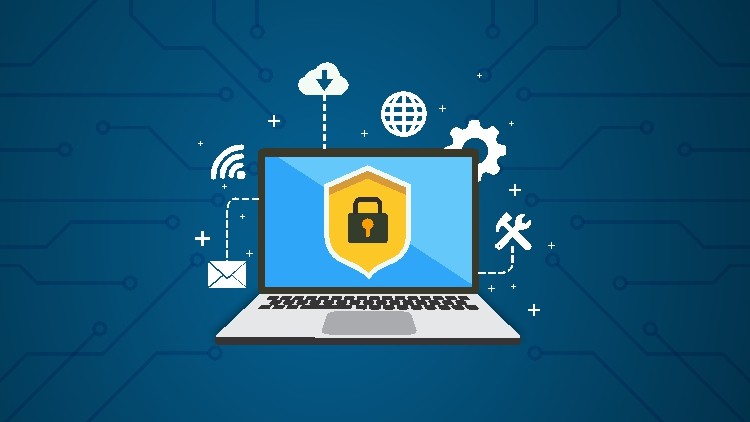
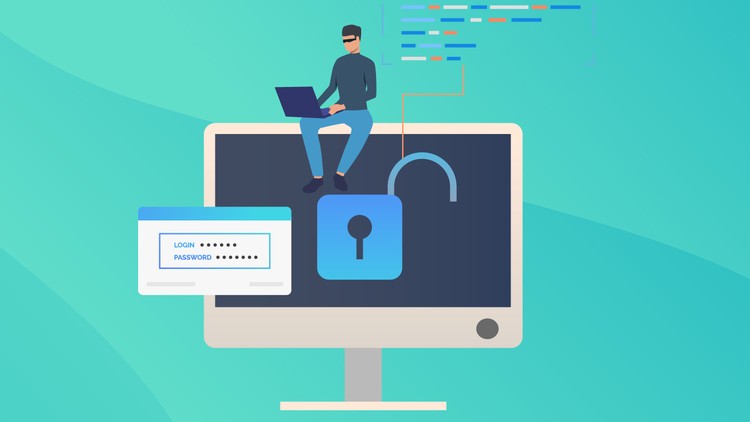

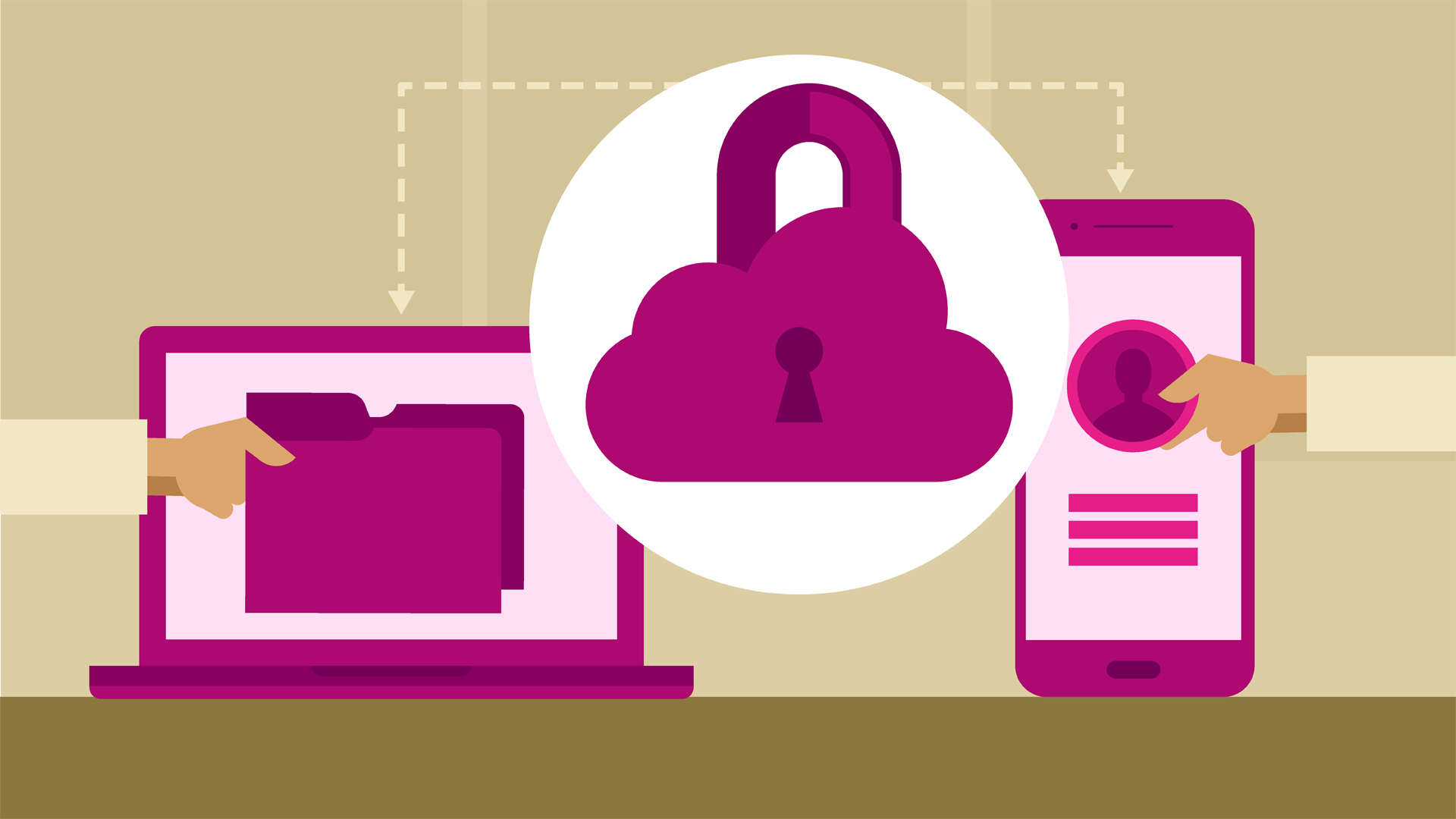
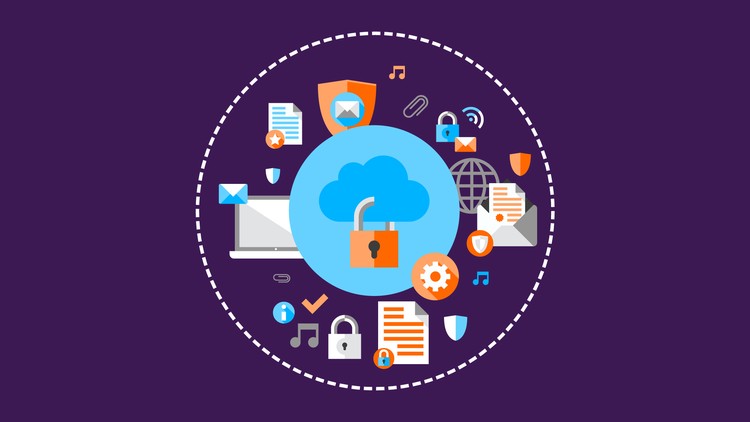
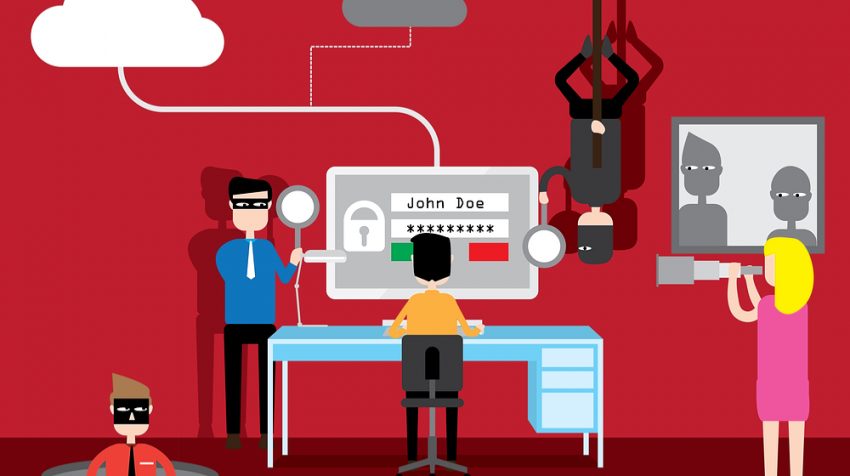






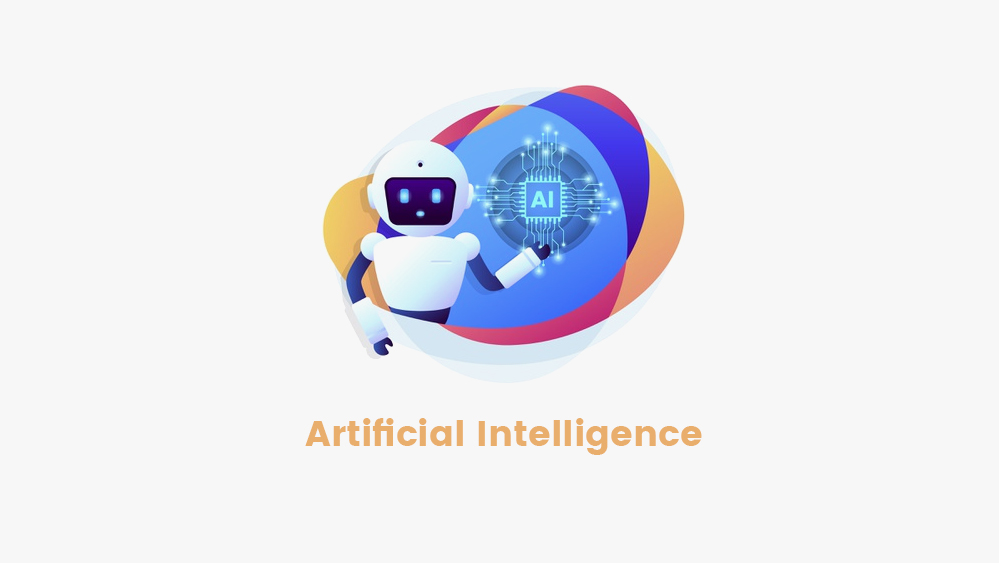
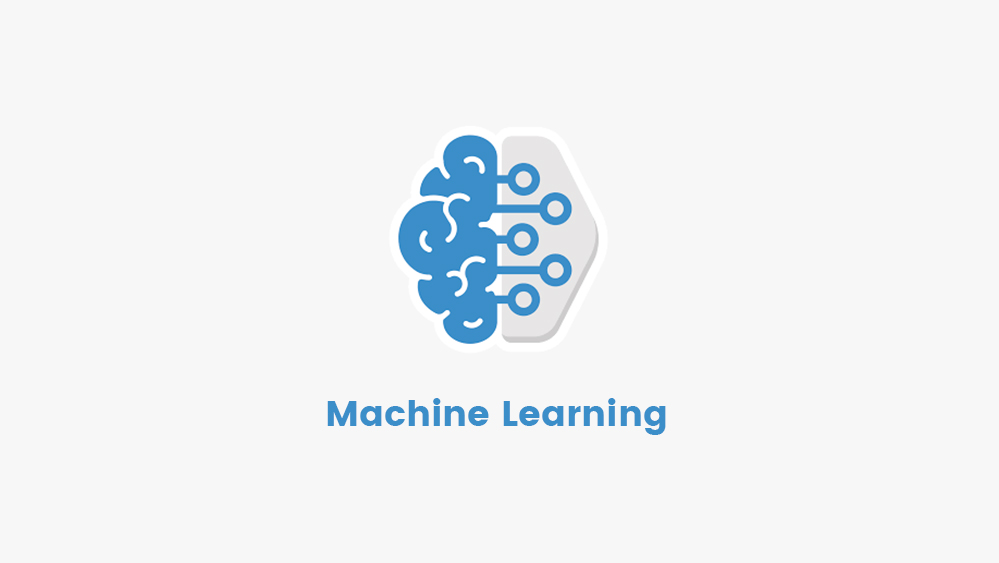












 Whatsapp
Whatsapp
 Email
Email


